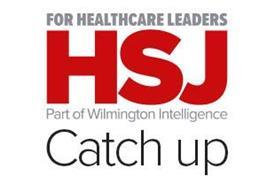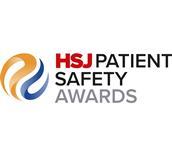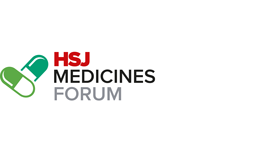This piece was fully funded, initiated and written by Sanofi.
Respiratory viruses have significant impact for the NHS in primary and secondary care, especially during the winter months when pressure on the system typically heightens. Building resilience within the health service to try and mitigate the burden of seasonal respiratory viruses will be important, particularly as the NHS recovers from the covid-19 pandemic.
Sponsored by
One respiratory virus of concern is Respiratory Syncytial Virus, which has been identified by the World Health Organization as a public health priority.[1]
RSV impacts nearly all infants before the age of two.[2] While the virus is mild in most cases, it can lead to more severe complications. RSV is also the leading cause of bronchiolitis in infants,[3],[4] accounting for around 60 per cent to 80 per cent of infections.[5]
This contributes to a significant impact on primary and secondary care services: RSV in infants results in approximately 467,000 GP appointments and 30,000 hospitalisations annually.[6] Crucially, the majority of these hospital admissions occur in babies who are otherwise healthy.[6]
In a recent report funded by Sanofi, RAND Europe recently estimated that the cost of RSV in children under five approximated £80m in annual healthcare costs and productivity losses to the economy in 2019 (the last year before the covid-19 pandemic).[6] Looking beyond the direct impact on healthcare services, £1.5m of this total is because out-of-pocket expenses are incurred by parents or carers.[6]
Despite this significant impact on parents, children and the NHS, awareness of RSV and its wider impact is low, and it is often under-recognised both by healthcare professionals and by parents.[7]
The economic and social impact of RSV on the NHS and families is significant and needs to be recognised. Looking ahead, consideration needs to be given as to how this burden can be reduced and mitigated – particularly during winter, when resource and workforce capacity is particularly constrained.
MAT-XU-2204088(v1.0) October 2022
References:
[1] World Health Organisation. Product Development for Vaccines Advisory Committee (established April 2014). Accessed October 2022.
[2] Wennergren, G, & Kristjånsson, S. (2001) Relationship between respiratory syncytial virus bronchiolitis and future obstructive airway diseases. Eur Respir J 18:1044–1058 doi:10.1183/09031936.01.00254101. Accessed October 2022.
[3] Krilov L.r, et al. (2019) Respiratory Syncytial Virus Infection, Medscape. Accessed October 2022.
[4] Nunes M, Verwey C. (2020) RSV lower respiratory tract infection and lung health in the first 2 years of life. Accessed October 2022.
[5] Raymond J Pickles, John P DeVincenzo. Respiratory syncytial virus (RSV) and its propensity for causing bronchiolitis. The Journal of Pathology. 2015 Jan; 235(2): 266–276. Published online 2014 Dec 11. DOI: 10.1002/path.4462 PMCID: PMC5638117.
[6] Fusco, F, et al. (2022) The burden of respiratory syncytial virus: Understanding impacts on the NHS, society and economy. Santa Monica, CA: RAND Corporation. Accessed October 2022.
[7] Wilcox, C, et al, (2019), Attitudes of Pregnant Women and Healthcare Professionals Toward Clinical Trials and Routine Implementation of Antenatal Vaccination Against Respiratory Syncytial Virus: A Multicenter Questionnaire Study. The Paediatric Infectious Disease Journal 38(9): 944-951. Accessed October 2022.





























